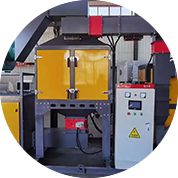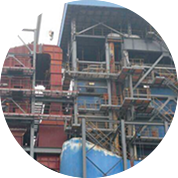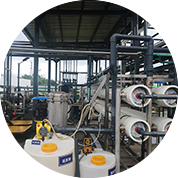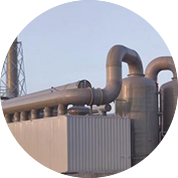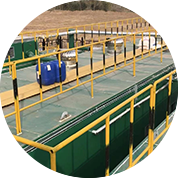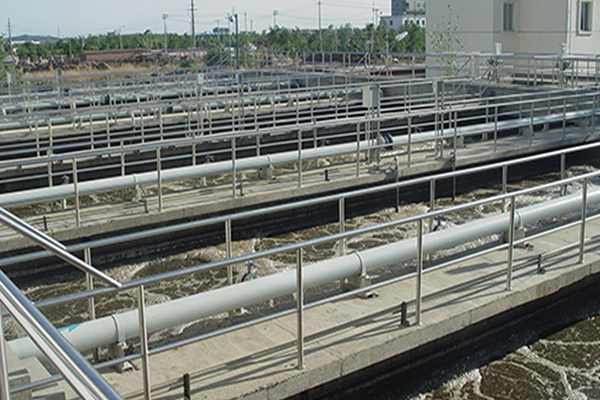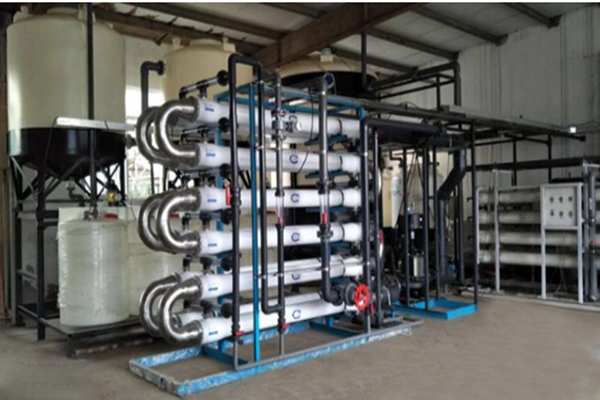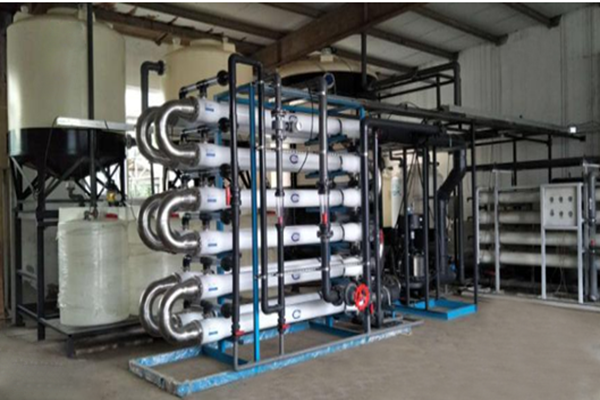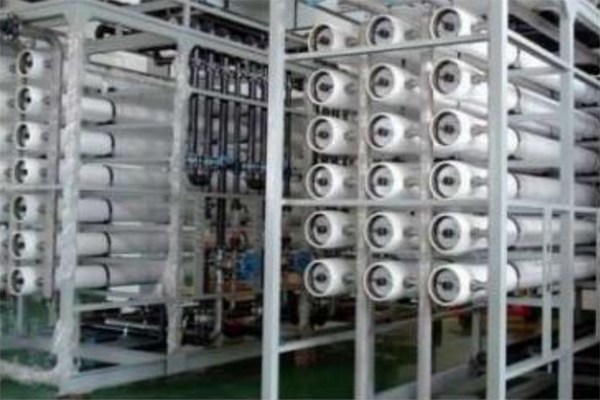
Welcome to Ruiming Environment!
News
 Hotline
Hotline
Where does the wastewater from chemical production end up after treatment? Is it drinkable?
Where does the wastewater from chemical production end up after treatment? Is it drinkable?
 Chemical wastewater, which is produced in the process of manufacturing ethylene, polyethylene, rubber and other products in chemical plants, is complicated in composition and rich in many toxic and harmful substances, so it is quite challenging to treat. But fortunately, with the help of professional biochemical and advanced treatment technology, this wastewater can successfully meet national discharge standards and even be recycled.
Chemical wastewater, which is produced in the process of manufacturing ethylene, polyethylene, rubber and other products in chemical plants, is complicated in composition and rich in many toxic and harmful substances, so it is quite challenging to treat. But fortunately, with the help of professional biochemical and advanced treatment technology, this wastewater can successfully meet national discharge standards and even be recycled.
 So where does all this treated chemical wastewater end up? They have the following main destinations:
So where does all this treated chemical wastewater end up? They have the following main destinations:
1. Integration into surface water bodies: After strict treatment and standards of wastewater, it can be safely discharged into rivers, lakes or oceans, and harmonious coexistence with natural water bodies. Such waste water has been purified and harmless, posing no threat to the surrounding environment.
2. Recycling: The treated wastewater is not only discharged, it can also be revitalized, further recycled and put into the arms of industrial and agricultural production. As long as the water quality passes the standard, these waste water can be transformed into the rain of green irrigation, the clear spring of flushing toilets, the trickle of car washing, and even become the manna of process water and moisturizing farmland, thus helping the conservation and recycling of water resources.
3. Nourish groundwater: In areas where groundwater has been depleted due to over-exploitation, the treated wastewater can also play the important role of replenishing groundwater resources. However, since groundwater recovery is trickier than surface water, it is important to be careful when performing this operation to ensure that every drop of water is safe and reliable.
As for whether the treated chemical wastewater can be used for drinking, the answer is clearly no. Although the waste water has been cleaned to meet discharge standards, it may still contain traces of harmful substances, far from being suitable for direct drinking. Therefore, we must abide by the relevant regulations to ensure that every step of wastewater treatment is robust and reliable, and actively promote the popularization and application of wastewater recycling technology to contribute to the green and sustainable development of the chemical industry.
1. Integration into surface water bodies: After strict treatment and standards of wastewater, it can be safely discharged into rivers, lakes or oceans, and harmonious coexistence with natural water bodies. Such waste water has been purified and harmless, posing no threat to the surrounding environment.
2. Recycling: The treated wastewater is not only discharged, it can also be revitalized, further recycled and put into the arms of industrial and agricultural production. As long as the water quality passes the standard, these waste water can be transformed into the rain of green irrigation, the clear spring of flushing toilets, the trickle of car washing, and even become the manna of process water and moisturizing farmland, thus helping the conservation and recycling of water resources.
3. Nourish groundwater: In areas where groundwater has been depleted due to over-exploitation, the treated wastewater can also play the important role of replenishing groundwater resources. However, since groundwater recovery is trickier than surface water, it is important to be careful when performing this operation to ensure that every drop of water is safe and reliable.
As for whether the treated chemical wastewater can be used for drinking, the answer is clearly no. Although the waste water has been cleaned to meet discharge standards, it may still contain traces of harmful substances, far from being suitable for direct drinking. Therefore, we must abide by the relevant regulations to ensure that every step of wastewater treatment is robust and reliable, and actively promote the popularization and application of wastewater recycling technology to contribute to the green and sustainable development of the chemical industry.
【Related suggestion】
- More > FID technology: A pioneer in on-line exhaust gas monitoring
- More > Sewage treatment technology knowledge
- More > The advantages of electroplating sewage treatment equipment
- More > Uncovering the black technology of ethanol waste gas treatment: a new chapter of green transformation
- More > Solar torch burning equipment: the perfect integration of environmental protection and efficiency
- More > Inclined tube sedimentation tank: The optimal solution for efficient water treatment?
- More > Where is the industrial pure water equipment?
- More > Whole-house deep water purification solution: dedicated to creating a healthy and comfortable home environment
- More > Reveal it! The price of 10 tons of water purification equipment starts from the bottom, is your budget enough?
- More > Analysis of the processing flow and working principle of MBR integrated equipment
- Previous:FID technology: A pioneer in on-line exhaust gas monitoring
- Next:Sewage treatment technology knowledge
Tags for this article:Sewage treatment, chemical wastewater, chemical pharmaceutical wastewater, chemical industry, chemical wastewater
Shenzhen Ruiming Environmental Technology Co., Ltd.
-
 Phone:13823530689
Phone:13823530689 -
 E-mail:szrme_008@126.com
E-mail:szrme_008@126.com -
 Phone:0755-86208689
Phone:0755-86208689 -
 Address:Building 47, Xinwei Village, Xili Street, Nanshan District, Shenzhen
Address:Building 47, Xinwei Village, Xili Street, Nanshan District, Shenzhen Copyright © 2022 Building 47, Xinwei Village, Xili Street, Nanshan District, Shenzhen All Rights Reserved.
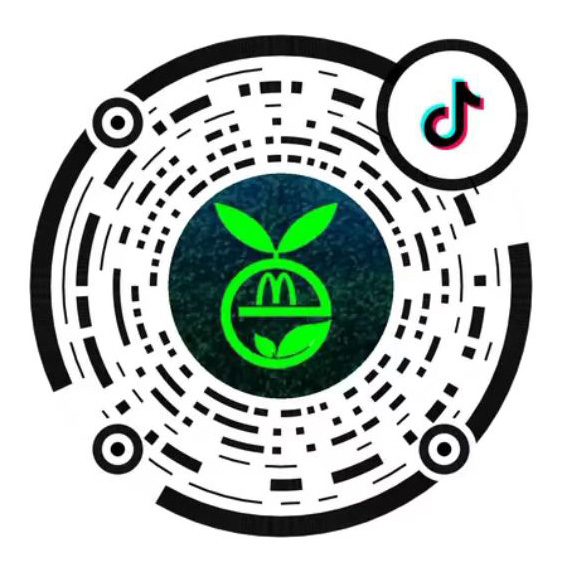 Tik Tok
Tik Tok
 Public number
Public number
Hotline:13823530689

